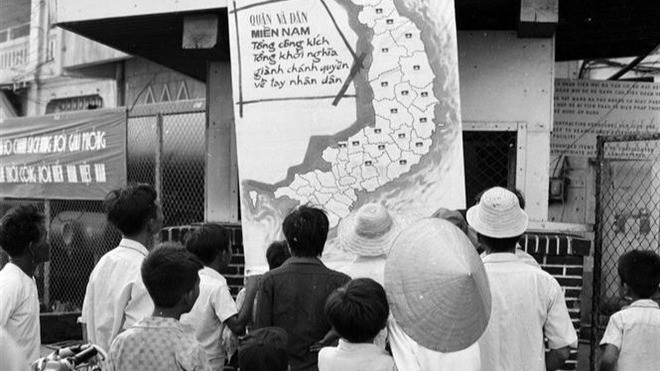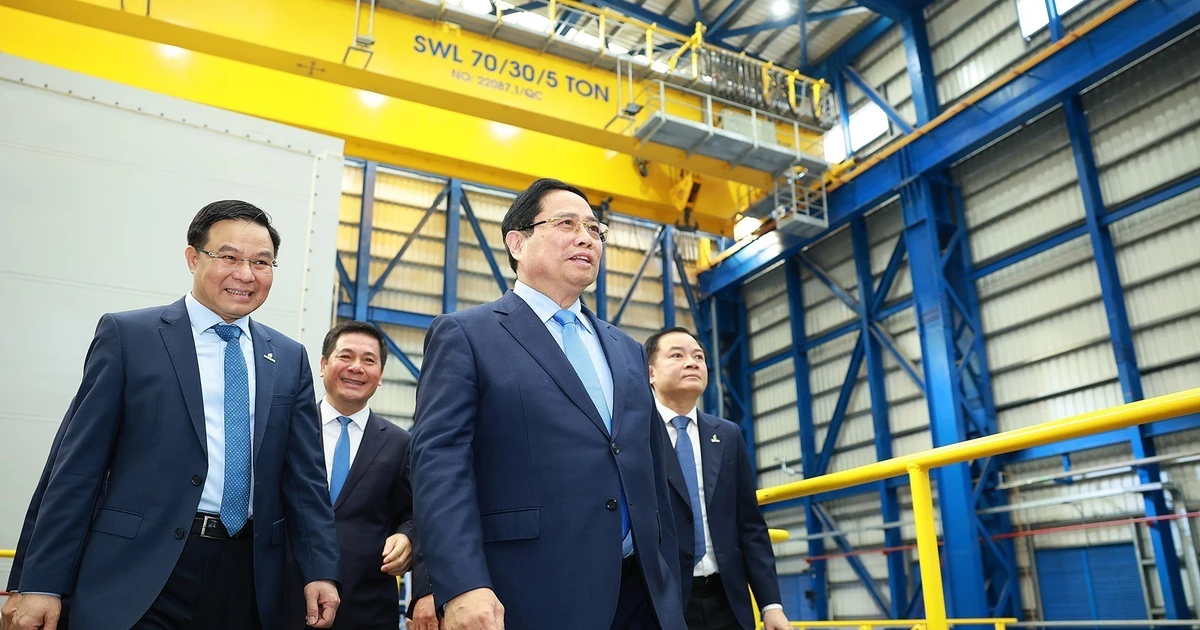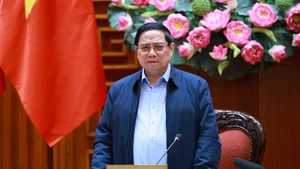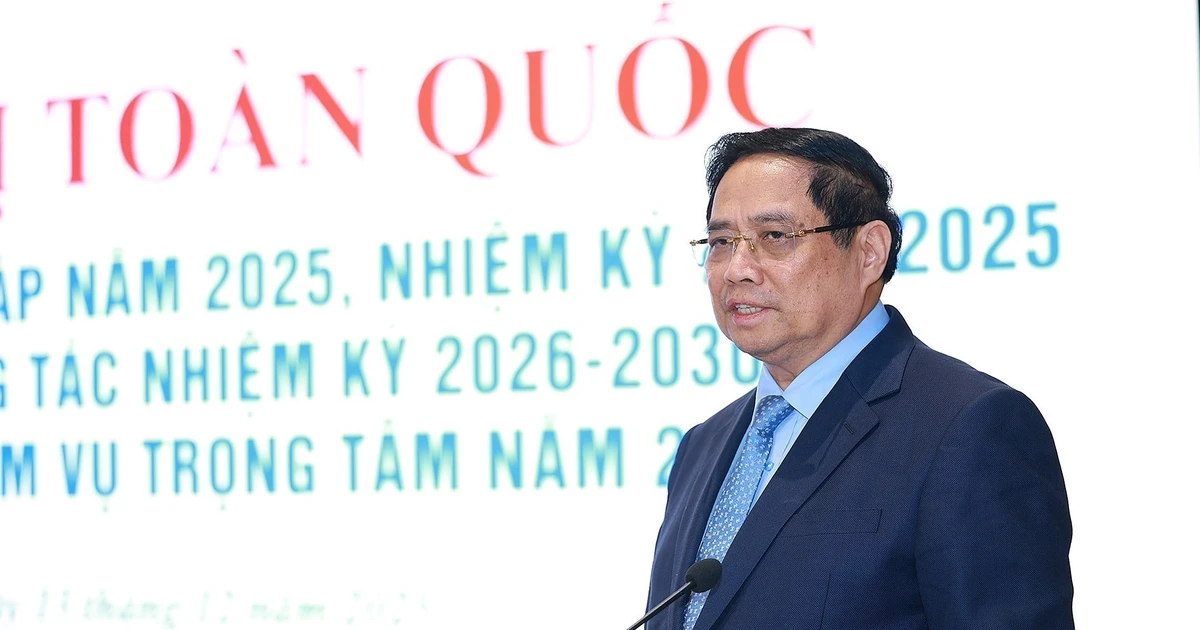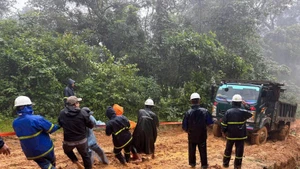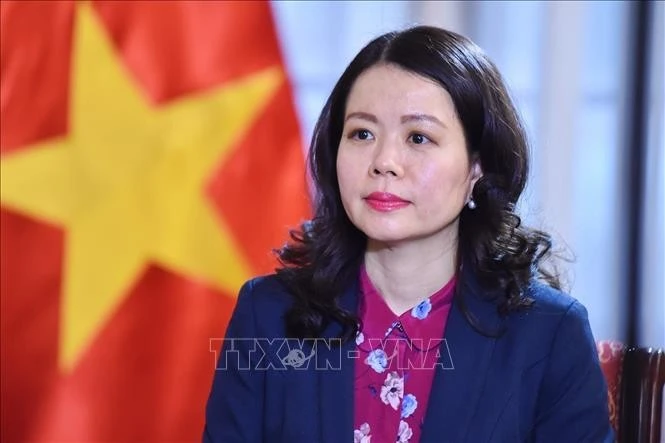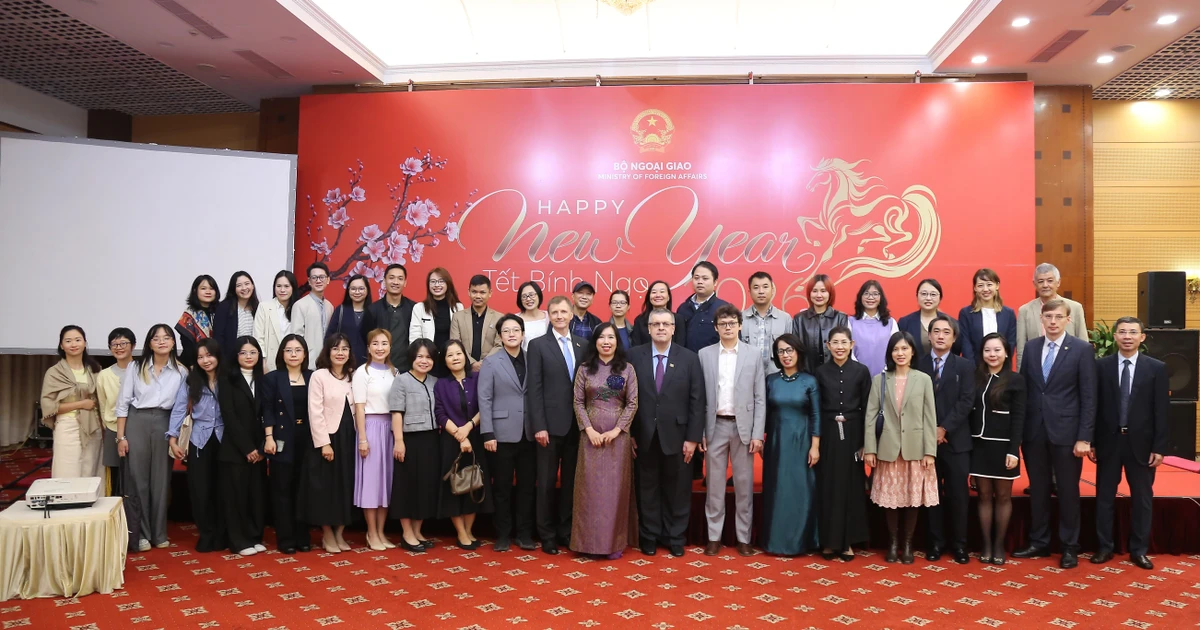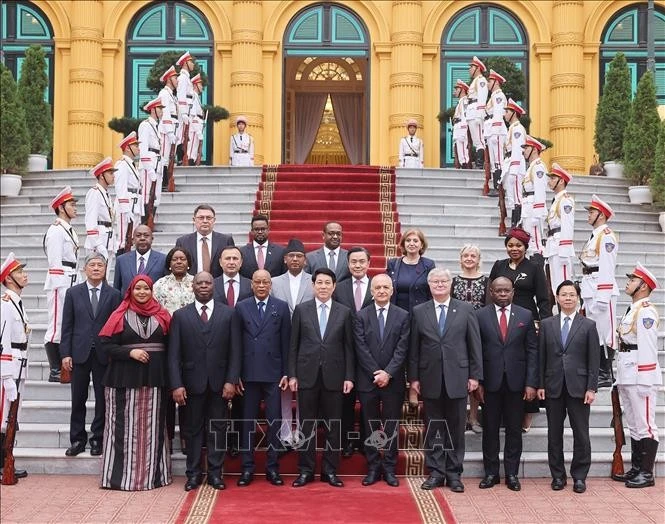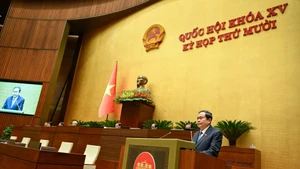On April 18, 1975, the Party Central Secretariat issued a directive on policies towards prisoners and defectors in the new situation, specifying: First, uprising soldiers — politically considered as revolutionary masses — shall be materially treated like our cadres and soldiers and assigned work according to their political awareness and individual capabilities.
Second, enlightened soldiers returning to the revolution — granted citizenship rights — shall be treated spiritually and materially like ordinary citizens. Third, prisoners of war shall be treated humanely in accordance with our policies.
On April 18, 1975, the Politburo sent an urgent telegram to the Command of the Ho Chi Minh Campaign, emphasising: “The military and political opportunity to launch an attack on Saigon-Gia Dinh is ripe. We must seize each day to promptly launch attacks on the enemy from all directions; any delay would be disadvantageous both politically and militarily. Acting promptly now ensures certain victory. Grasping this great opportunity, we shall surely achieve complete victory.”
On the night of April 17 to the early morning of April 18, 1975, in coordination with local forces, units of Corps 2 liberated all areas along their advance, including four districts: Phan Ri, Tuy Phong, Song Mao, and Hoa Da.
By noon on April 18, 1975, the leading forces of Corps 2 had assembled in Hoa Da in preparation to attack Phan Thiet. In the afternoon and evening of the same day, Regiment 18 (Division 325) and combined arms units coordinated with Regiment 812, the main force of Military Region 6, and Battalion 15 of Binh Thuan's local troops to attack key targets and enemy command centres.
Regiment 812, supported by tanks, attacked the sub-sector and blocked the enemy's retreat towards Phu Hai and Mui Ne. The people in areas such as Binh Hung, Phu Trinh, Phu Thuy, Duc Nghia, and Duc Thang rose up to coordinate with armed forces to seize control.
At 10:30 PM on April 18, 1975, we had full control of Phan Thiet Town. Building on this victory, Regiment 812 and Battalion 200C, supported by artillery and tanks from Corps 2, advanced to liberate Binh Tuy Province. At this time, enemy forces in Binh Tuy were in extreme panic. Defeated remnants from various places converged around La Gi Town, Tan Ly Estuary, and Lang Gon Arfield. Seizing the opportunity, Binh Tuy's armed forces proactively launched attacks to capture enemy bases 8 and 13.
On the Xuan Loc-Long Khanh front, on April 18, 1975, Divisions 7 and 341 continuously engaged in close combat with the enemy, contesting every house and street corner in Long Khanh Town. Local armed forces and cadres dismantled many enemy outposts in surrounding areas and along transportation routes.
On the enemy side, upon learning that the defensive lines of Phan Rang, Phan Thiet, and Ham Tan had been seized by liberation forces, Le Minh Dao proposed abandoning Xuan Loc. He agreed and ordered the withdrawal plan to be kept secret to avoid annihilation.
On the night of April 18, 1975, executing the campaign plan of Corps 1, Divisions 312 and 320B secretly manoeuvred through forests into new positions within the D base area.
Simultaneously, to ensure the mechanised infantry of Corps 1 could move south of the Be River, Engineer Brigade 299 constructed the Ben Bau underground crossing over the Be River, involving over 2,000 cubic meters of excavation and embankment.
The unit also repaired, expanded, and upgraded several routes, ensuring both progress and secrecy to facilitate rapid deployment of forces to assembly areas on schedule.
On April 18, 1975, Military Region 9 received orders from the Regional Command assigning the mission: From April 26, completely control Tra Noc Airport, and liberate and fully capture one to two sections of Route 4. When the strategic blow from the Region begins, seize the opportunity to liberate Can Tho City.
In Saigon, President Nguyen Van Thieu ordered the withdrawal from Xuan Loc to "defend to the death" at Long Binh and Bien Hoa. US President G. Ford dispatched Dinbrao, head of the special task force, to execute the evacuation plan with substantial air and naval forces: 35 warships (including 4 aircraft carriers) and hundreds of various aircraft.
